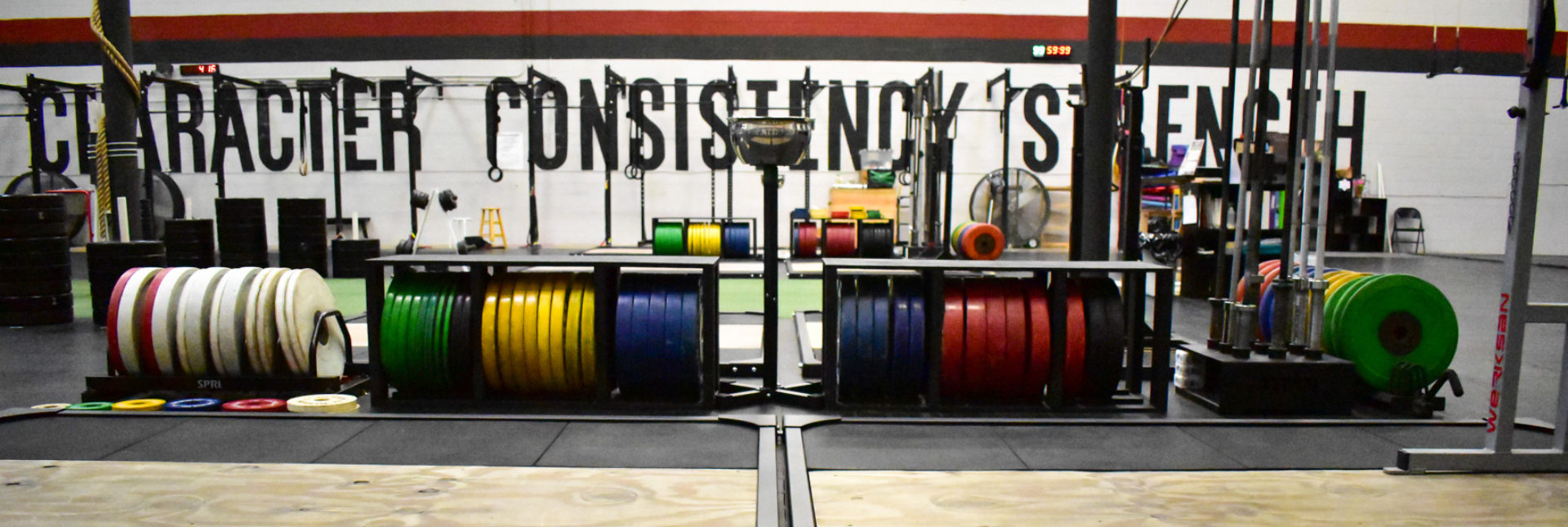
As a coach, you will find individuals with varying experiences with the snatch and clean & jerk; some who may have done them with their high school weightlifting team, some who may have been exposed to them through CrossFit, and others who are starting from square one and have never attempted them at all. Whether you are teaching them from scratch, or re-teaching them for whatever reason, here are a few things that I’ve found helpful when working with new folks:
Meet with them individually.
When someone contacts us and is interested in the weightlifting programs that we offer, I always schedule an initial one-on-one meeting with them. This gives an opportunity to meet without distractions and discuss goals, expectations, and answer any questions that they may have about the facility, programming, etc. If someone has lifting experience, I also use this as an opportunity to watch them lift, assess movement and technique, and make any small corrections if needed. If they look good to go, it’s time for a training program. If they’ve never lifted before or need some dedicated time to re-learn or correct some major problems, that brings us to the next point.
Have “On-Ramp” style classes or sessions.
Most CrossFit gyms have a mandatory “on-ramp” course that exposes them to movements and skills that they will need to be familiar with before they join the group classes. I think the same concept should apply for weightlifting, so for our programs, I’ve created what I call a “Fundamentals Course” for anyone who is new to weightlifting. This course is designed to teach the snatch and clean & jerk in sections that let the participants both learn the lifts properly and build comfort and confidence before entering group/team training hours. Since these lifts are so technical, I believe the foundations need to be set from the very beginning. This course is meant to teach the movements, not to establish a one-rep max. However you structure this course or series is up to you, but making this time investment up front will set people up for long-term success.
Keep it simple.
The easiest thing to do is have a progression and stick to it. Sure, you’ll deviate from it, but it’s good to have a guide. As far as terminology, beginners just need the basics. Things like power position, hang, overhead, rack position, etc. are basics that everyone should know and teaching them to new lifters is a necessity. They don’t need to hear about things like bar path, first/second/third pull, sweeping the bar, double knee bend, or any of that other stuff that will just confuse them. They’re already getting plenty of new information. The goal is to teach movement, not to drop buzz words. Keep it as simple as possible during the entire learning process.
Say the same thing a few different ways.
Cues are great, but they’re not really one-size-fits-all. Think of each person as a different kind of puzzle; they respond differently to different instructions, so finding the winning combination of language and instruction is always an on-going process. For example, if someone’s hips are rising too fast, I might say something like, “Chest up and out,” “Lead with your shoulders,” or “Keep your butt down.” They all essentially mean the same thing, but one might make more sense depending on who you are dealing with. Once you feel like you’ve established a cueing relationship that works, then consistency is the most important thing to keep driving it home.
Resist information overload.
It’s a natural coaching instinct to want to fix everything at once, but it’s important to try to tackle things one at a time. Sometimes I will give a daily goal for someone to focus on: timing, turnover, aggressive feet, etc. Beginners can very easily become overwhelmed by all the moving parts of these lifts, so make sure to choose your words wisely. Coach Burgener calls it “paralysis by analysis”, meaning the body can not act when the mind is trying to process too much information at once. Break it down, keep your words simple and concise, and help the lifter move if you need to.
Give them physical feedback.
We can explain positions and cues until our eyes bleed, but sometimes, for whatever reason, our words just don’t break through. It’s times like these that require a little physical coaching. If they’re not understanding what you are trying to say or the position that you are describing, put them there. Physically move them into the correct position — more often than not, a light bulb will go off in their head. Once they feel the correct position or movement, usually the brain doesn’t forget it. It’s still our job to reinforce this as they progress, but feeling it once might be all they need.
Get started today with 813 Weightlifting at www.KeepPulling.com/LIFT or contact us below!


